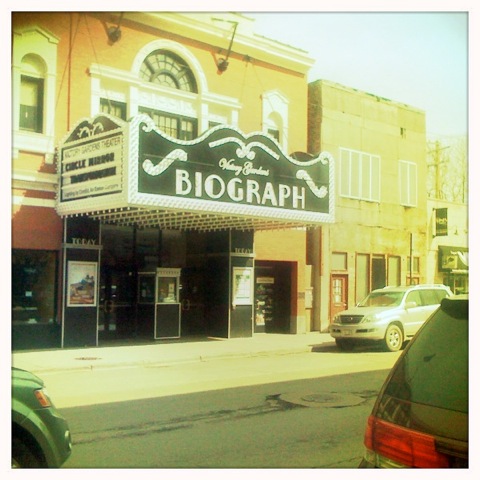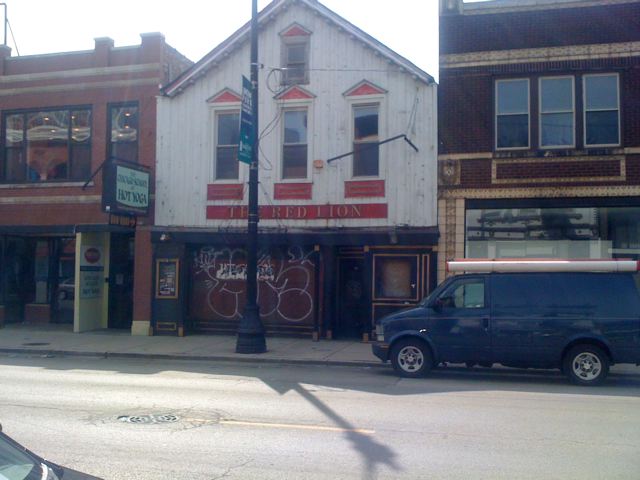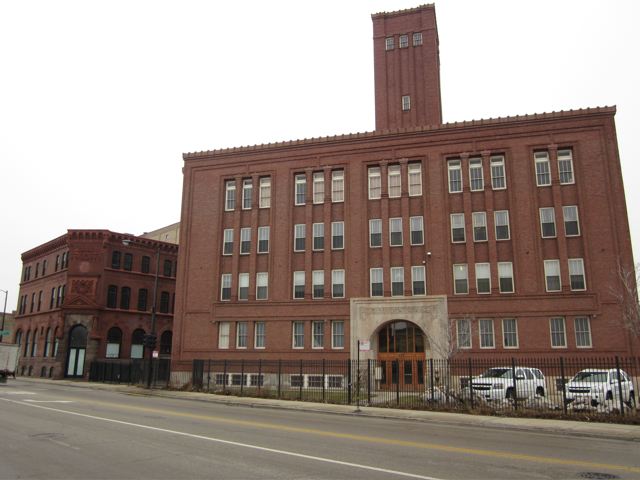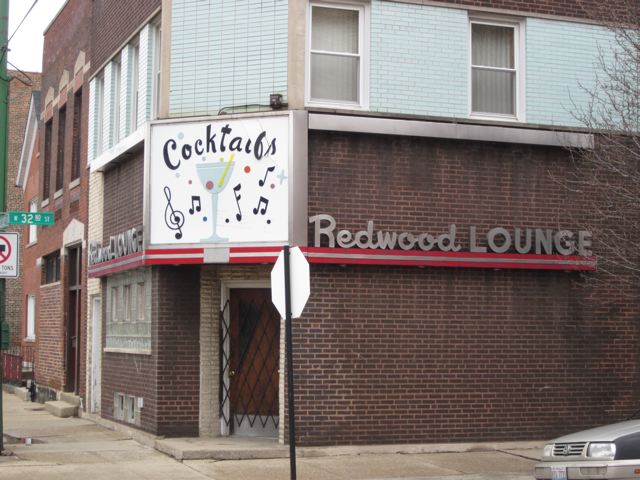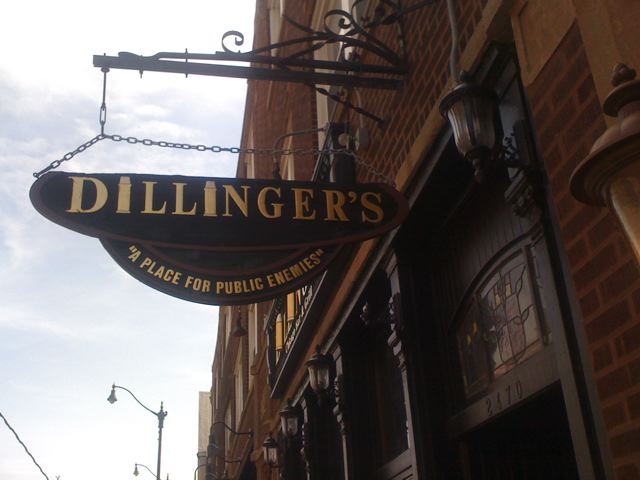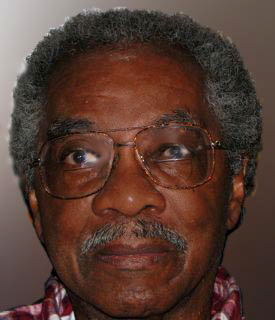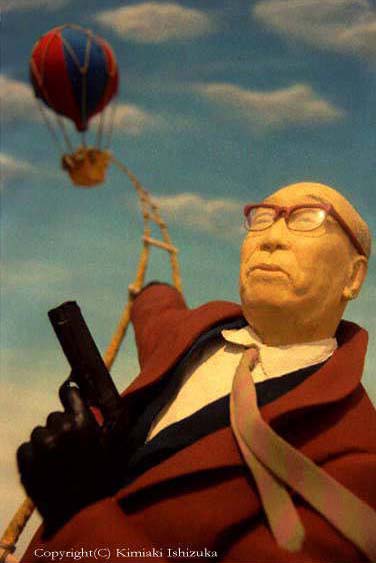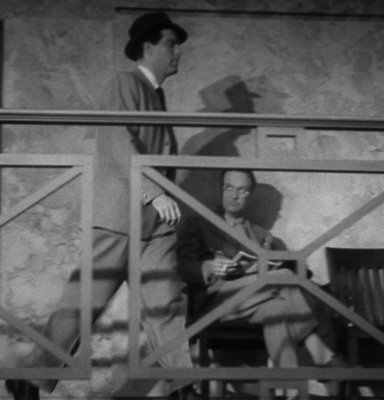Monday, July 25: Spirit of the Law
REMEMBRANCE OF CRIMES PAST
by Janice Law
I’ve just come back from a family visit to Chicago, the Windy City, Hog Butcher to the World, City of Broad Shoulders, etc., etc., a burg with more epithets than you can shake a stick at. One usually omitted from the list might be called “City Proud of Crooks Past.” To be fair, this may not be a general civic passion, but a reflection of our son’s early childhood, ensconced in a playpen while mom tapped out the latest Anna Peters mystery on her trusty Royal Standard typewriter.
Early influences apparently count; our boy’s first school research subject was an elementary school project on—elementary, my dear Watson—Sherlock Holmes. In any case, a highlight of my visit was a crime tour of the sprawling city, a personal version of what I was assured were commercial variants on the same theme.
Given the city’s rambunctious history, we did not have to go too far out of our way. A visit to Lincoln Park unveiled John Dillinger’s old territory and a rash of now quaint landmarks. The Hipstamatic function on my son’s iPhone gives the old Biograph Theater an appropriately golden glow, but the actual marquee is bold black and white. It’s small, too. The theater where the famous Lady in Red fingered the bank robber looks only slightly higher than a store front and slightly longer than one of the heavy bodied sedans favored by old mobsters. At the present time, it’s traded in first releases for what was called in Dillinger’s day, the “legitimate stage.”
Diagonally across the street is The Red Lion, less famous nationally, but locally notorious. Once a tavern with rooms above, it is now closed, a planned refurbishment torpedoed by the Great Recession.
The building reputedly is haunted, not by the Lady in Red, who met Dillinger for drinks at the bar, but by some anonymous murder victim. And if the lower floor has come down in the world and looks dank and insalubrious, the rather pretty upper stories could be the façade of some charmingly redone city house.
Well, that’s suitable. At this remove, Dillinger, who robbed banks because “that’s where the money is,” has a touch of poetry. Hailed by some as a “Robin Hood” bandit for his daring raids on banks, his legend comes equipped with the requisite femme fatale, not to mention the wonderful cars and clothes of the period.
Dillinger’s gang now seems a bit quaint. Prohibition enabled crime to go corporate, and Chicago claims one of its captains in Al Capone, who has left a massive Southside relic in the Schoenhofen Brewery. Today a vast brick pile, the brewery supplied Capone’s outfit with near beer which was doctored with rotgut to provide the requisite kick for the mobster’s clientele.
Our little tour concluded with a modern crime scene—no, not one of the glossy banks with dodgy mortgages and even dodgier securities—they’re for another day, along with various city offices with their light fingered politicians. This was the Redwood Lounge, raided in 2009 by the Feds as part of the “Family Secrets” tax evasion and money-laundering case. The bar is now closed, but in its heydey, it was the gathering place for the Chicago Outfit that made a good thing of video poker machines..
The advent of these devices apparently proved a boon to several mobs, the Irish mob laundering for the IRA and the Mafia contracting with most everyone else. After the modest Redwood reported monster profits, the Feds became interested, and the raid was the result. On the evidence of the Redwood, I must say that mob taste in architecture has declined from the days of Dillinger and Capone.
Chicago’s preservation of, and odd pride in, criminal sites has made me wonder about crime nostalgia in general. Think of the undying popularity, if that’s the right word, of Jack the Ripper, who can count on another ‘candidate’ for the crimes every few years. The Black Dahlia murders have similarly shone show biz legs, as have the James Gang and a number of their western cohorts.
Time, that bears all away, turns tragedy and horror to entertainment. Genghis Kahn, before whom the whole of Eurasia trembled, now appears in cartoons along with the massacre-prone Roman legions and medieval torture chambers. How many centuries will pass before the great horrors of the twentieth and twenty-first centuries are the stuff of light relief? And how many generations before the landmarks of the drug wars and the drug cartels become tourist haunts?
My father, whose skeptical mind had been well-stocked with Biblical phrases, used to say, ‘Sufficient unto the day is the evil thereof.’ I think that’s the mechanism at work. The crimes and horrors of the present are always more than sufficient; the past must ultimately take care of itself.
Chicago’s citizens, long bedeviled by corruption sufficient to match their city’s beauty, vitality, and ambition, have learned to take a certain pride in criminal ingenuity. So Dillinger is memorialized by a handsome pub, the notoriously corrupt Mayor Anton Cermak, allegedly assassinated in retaliation for an attempt on mobster Frank Nitti, is remembered with a major avenue, and visitors find entertainment touring sites of crimes past.




















